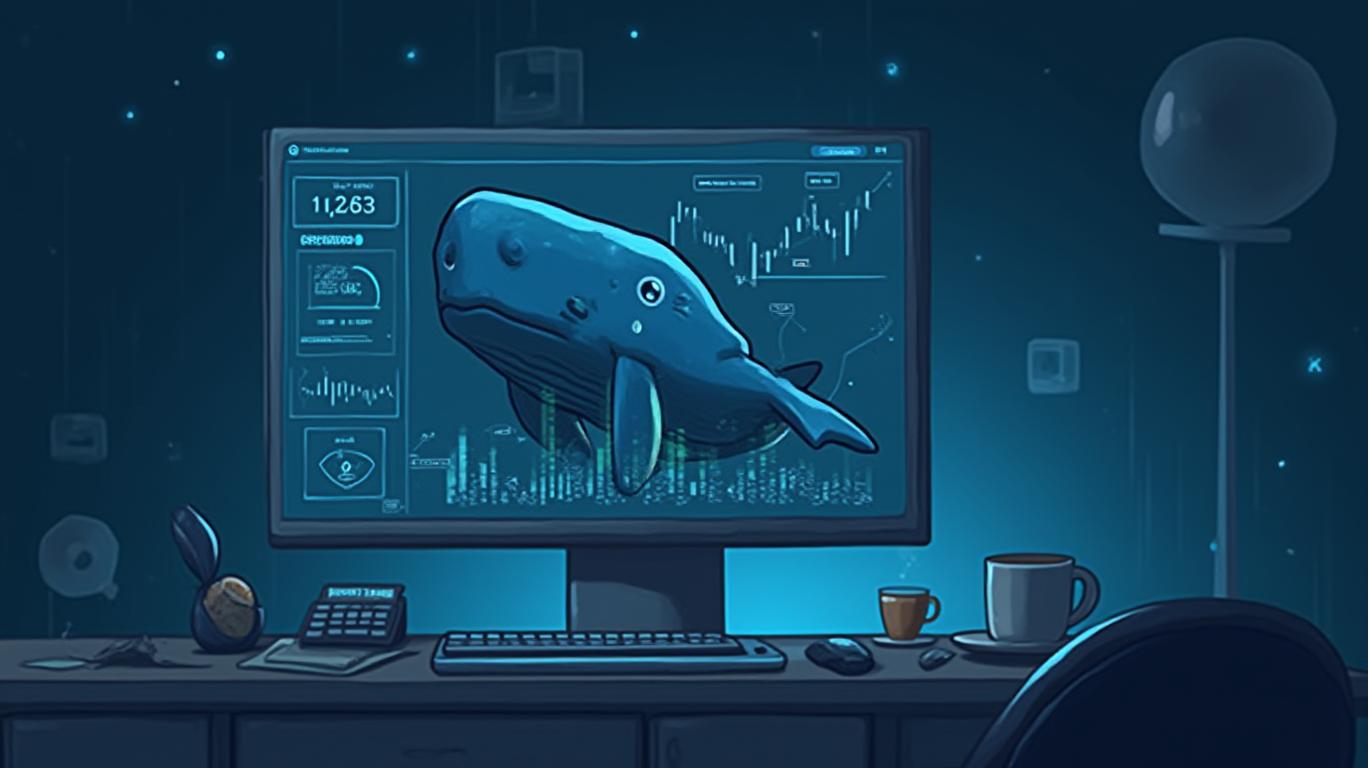3,000 ETH Moved From Kraken To Aave For DeFi Yield Farming
A recent transaction involving a new address has sparked interest in the cryptocurrency community. The address withdrew 3,000 ETH from the exchange Kraken and subsequently deposited the entire amount into the decentralized finance (DeFi) platform Aave. This move is significant as it indicates a shift in strategy from holding ETH on an exchange to utilizing it within the DeFi ecosystem for potential yield farming or lending opportunities.
In a related development, Compound, another prominent DeFi platform, borrowed 3 million USDC. This borrowing activity suggests that there is a demand for stablecoins within the DeFi space, possibly for arbitrage opportunities or to hedge against market volatility. The borrowing of USDC on Compound could also indicate that users are looking to leverage their positions or engage in other financial strategies that require stable assets.
The withdrawal of 3,000 ETH from Kraken and its subsequent deposit into Aave highlights the growing trend of users moving their assets from centralized exchanges to DeFi platforms. This trend is driven by the potential for higher yields and the ability to participate in various DeFi protocols. Aave, known for its lending and borrowing services, offers users the opportunity to earn interest on their deposited assets or borrow against them.
The borrowing of 3 million USDC on Compound further underscores the liquidity and utility of stablecoins within the DeFi ecosystem. Stablecoins like USDC are crucial for maintaining stability and facilitating transactions within DeFi platforms. The borrowing activity on Compound suggests that users are actively seeking to utilize stablecoins for various financial strategies, including arbitrage, hedging, and leveraging positions.
Overall, these transactions reflect the dynamic nature of the cryptocurrency market and the increasing integration of DeFi platforms into the broader financial landscape. The movement of assets between centralized exchanges and DeFi platforms, as well as the borrowing of stablecoins, indicates a growing sophistication among users in their approach to managing and leveraging their cryptocurrency holdings. As the DeFi ecosystem continues to evolve, it is likely that we will see more such transactions and innovations in the space.



_442a2dcc1749832873286.jpeg)
_e68fac6d1749831664430.jpeg)






